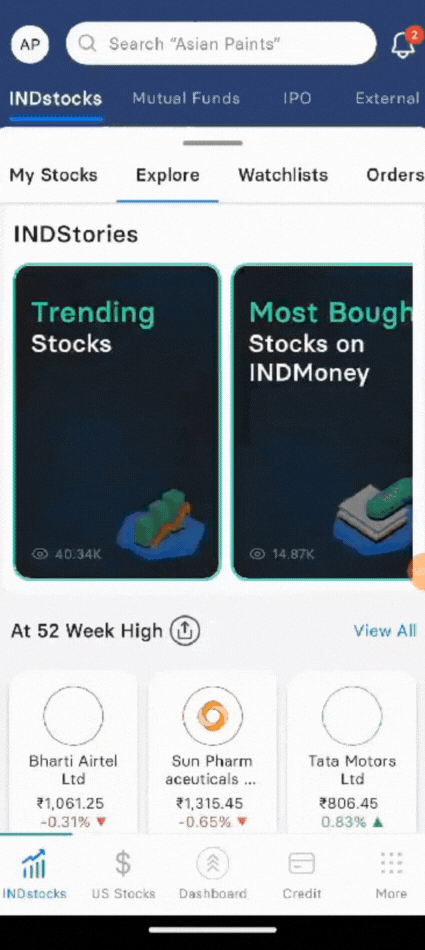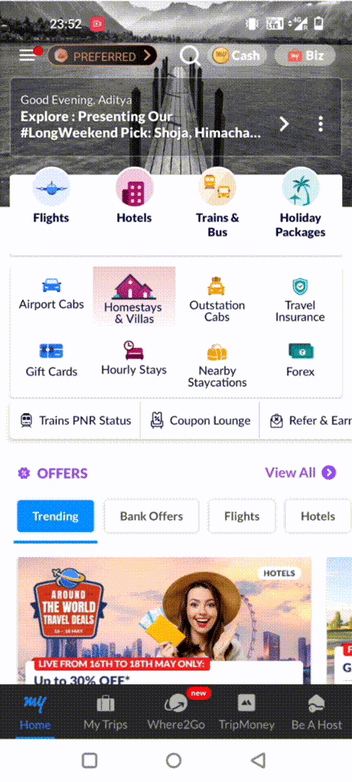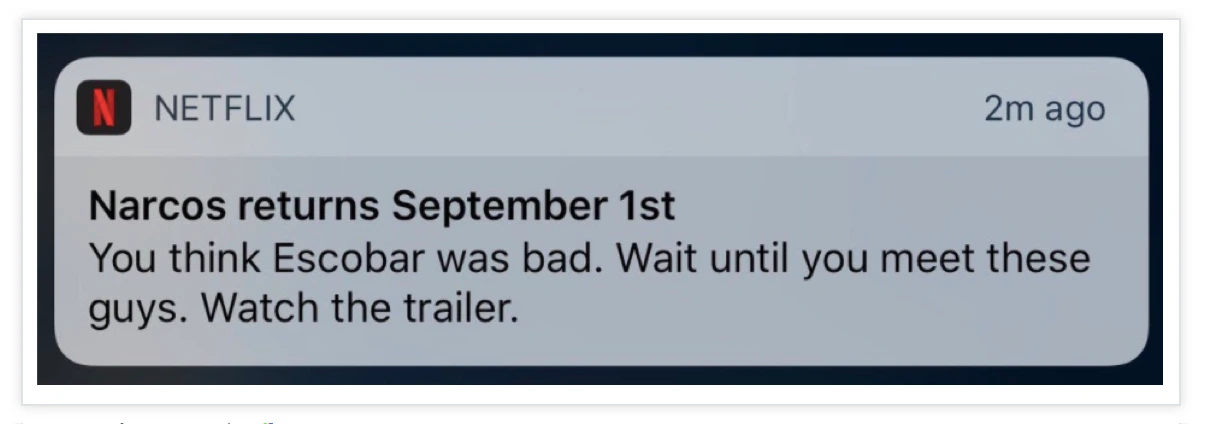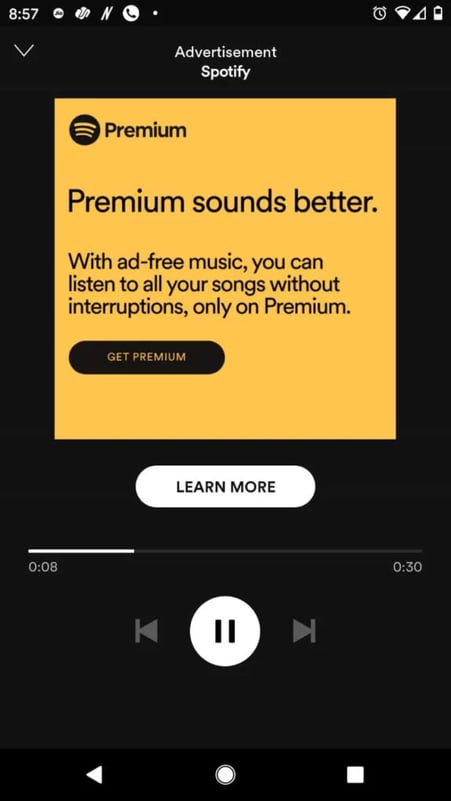
5 Tips to Reduce Churn in iOS Apps




Learn all about how to reduce churn in iOS apps in our guest post by Ananya V., from Plotline - an in-app engagement platform!
Understanding that only some users who download your app will stick around is a crucial aspect of managing a successful iOS application. People are diverse, with distinct wants, needs, and expectations, making some user churn inevitable.
However, monitoring and actively working to minimize your churn rate is vital for sustained success. In this blog, we'll explore five effective strategies to help you reduce the churn rate in your iOS app.
Defining churn
Churn can be defined as the percentage of users who uninstall or stop using your app over a specific period.
High churn rates indicate that users need help finding value in your app or are facing issues hindering their experience. This can result in negative reviews, decreased app store rankings, and ultimately, higher uninstalls.
Causes of churn in iOS apps
Understanding the common causes of churn can help you address the underlying. Some common causes of churn in iOS apps include:
- Complicated onboarding process
- Irrelevant or excessive push notifications
- Absence of real-time engagement inside the app
- Lack of personalized user experiences
- Inconsistent brand messaging
Now, here are five tips to reduce churn in iOS apps.
Improve user onboarding
Great onboarding ensures that the first-time user experience is highly tailored to the user's context and directs them toward key "aha" moments right from the start.
To ensure a seamless user experience, offering clear instructions and guiding users through key features for easy navigation is necessary.
Here are some strategies to enhance your app's onboarding process.
Highlight the key value proposition
Reiterating the value proposition the user expects from your app can increase onboarding completion rates.
For instance, EazyDiner uses carousels that reinforce the core value proposition immediately after a user downloads the app, setting and maintaining their expectations while motivating them to explore the app's offerings further.

You can also use Stories to highlight your key value proposition and build trust with users. For example, IndMoney uses stories to share key market information.

Provide tutorials and walkthroughs
Offer in-app tutorials or interactive walkthroughs to help users navigate and understand your app.
For example, Binance uses a guided tooltip walkthrough to educate new users and help them on their way to making their first trade. This leads to a rise in activation rates and, over time, reduces churn and improves LTV.

Add social proof to motivate users to finish onboarding
Social proof serves as a powerful psychological motivator, tapping into the desire for social validation and the confidence that others have found value in the same process. This can reassure users, highlighting the value of completing the onboarding journey.
Calm's onboarding includes questions about user goals (e.g., meditation, stress management). To maintain user motivation during this process, social proofing is added midway.

Opt for in-app messaging
In-app messages play a crucial role in preventing user churn in iOS mobile apps by providing a means for effective communication and engagement.
A successful in-app messaging campaign requires the following:
- Implementing a UI pattern that aligns closely with the brand's design theme
- Using real-time segmentation to target the right users at the perfect moment, as even a mere 2-second delay could result in users moving to another page or leaving entirely
- Conducting impact analysis on key metrics, such as feature adoption and ToFU traffic, to assess the effectiveness of the in-app campaign
- Establishing guardrails to safeguard the user experience throughout the campaign
Users often abandon apps right before converting, presenting an opportunity to boost conversion rates. MakeMyTrip, for instance, sends real-time in-app messages with coupons to users who frequent the checkout page without making a purchase. When these users return to the homepage, a timely offer digital nudges them to proceed with the booking journey, reducing the user drop-off.

By improving engagement, there is a chance of reducing user churn. For example, SonyLiv aimed to boost viewership for Rocket Boys Season 2. They prominently featured the show on the homepage and used a Floater to capture user attention. This increased watch times and engagement, effectively minimizing user churn.

Use push notifications - but sparingly
Effective use of push notifications is crucial for engaging users and reducing their churn. It is important to use them sparingly because about 40% of them express a preference to stop receiving such messages if they are bombarded with a lot of them
To optimize their impact, personalize messages with attention-grabbing headlines and schedule them during users' peak activity times.
Learn from Netflix's strategy, which prioritizes reminding users of their preferred content rather than inundating them with irrelevant messages. Keep notifications non-excessive, yet feel free to use emojis for added personality.

Run personalized advertisements
Personalization plays a crucial role in retaining users and keeping them engaged with your iOS app. By offering personalized in-app advertisements, you can create a sense of belonging and make users feel engaged.
Here's how personalized advertisements can be effective in this regard:
Relevant engagement
- Personalized ads provide users with content that aligns with their interests and preferences
- Consider using custom product pages(CPPs) for more precise and personalized targeting
- Users are more likely to engage with ads that appeal to them, leading to increased satisfaction and a higher likelihood of continued app usage
Targeted retention campaigns
- Personalized advertising allows for targeted retention campaigns
- By identifying users at risk of churning based on their behavior, advertisers can create campaigns designed to re-engage and retain those users
Tailored offers and incentives
- Personalized ads can include tailored offers, discounts, or incentives based on user behavior and preferences
- Providing personalized value encourages users to stay loyal and discourages them from exploring alternatives
Cross-sell and up-sell opportunities
- Personalization enables the promotion of additional features or premium services based on user behavior
- Encouraging users to explore and upgrade their experience can increase their commitment to the app
Behavioral triggers
- Personalization enables the use of behavioral triggers to identify potential churn indicators
- Ads can be strategically deployed to address specific pain points or concerns, encouraging users to remain active within the app
For example, Spotify shows personalized ads for free users to upgrade their plan to experience upgraded features.

Enhance brand recall through social media
Consistently engaging with your target audience on social media platforms and sharing valuable content enhances the likelihood of retaining them as long-term users.
As you browse through Instagram, you've likely encountered sponsored posts from direct-to-consumer (D2C) brands you've previously interacted with, encouraging you to "Shop Now." This approach significantly increases visibility and click-through rates.
An illustration of this strategy is evident in Mcaffeine's use of sponsored posts to prompt users to revisit its app and make a purchase.

Final thoughts
Reducing churn in iOS apps is essential for the long-term success of your app. By understanding churn, enhancing user onboarding, implementing push notifications strategically, offering personalized experiences, and regularly updating your app, you can create a loyal user base and achieve sustainable growth. Implement these tips today and watch your app flourish!
If you’re looking to reduce churn by improving engagement, start a free trial with Plotline, which is a platform to help B2C companies activate, retain, and monetize their app users.
About the Author

Hailing from an engineering background, Ananya found her interest in the world of growth, tech marketing, and analytics. She's a growth and marketing enthusiast at Plotline on weekdays and a curious kid who wants to do everything from binge-watching to yoga and cooking on weekends.
